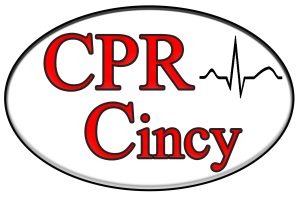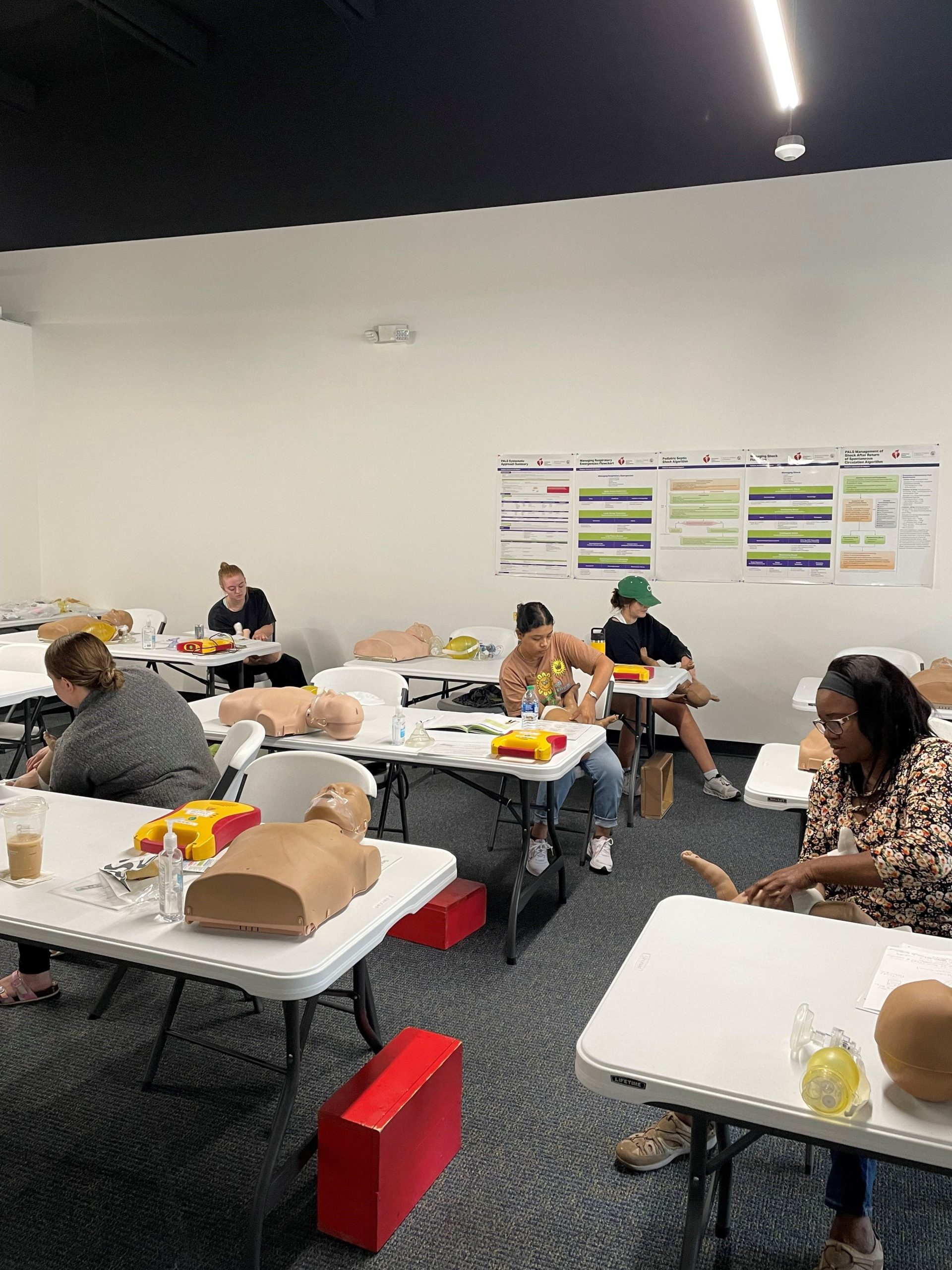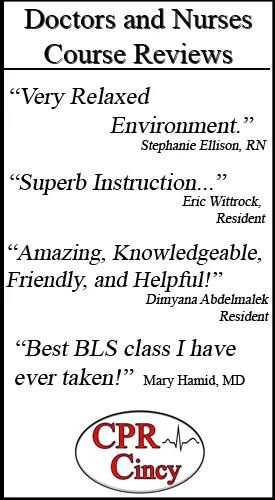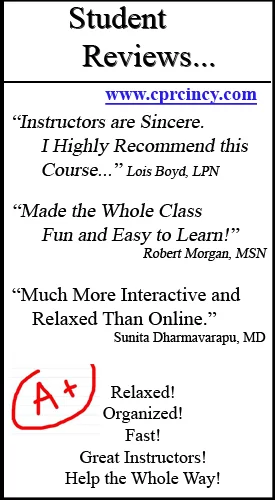Pediatric CPR is a critical skill for healthcare professionals, educators, and caregivers alike. Understanding how to properly administer CPR to children can mean the difference between life and death in emergencies. Given the physiological differences between children and adults, it’s essential to master the specific techniques tailored for pediatric patients. This article delves into the nuances of pediatric CPR, outlining the key steps and considerations every professional should be familiar with.
The importance of pediatric CPR knowledge cannot be overstated. Children are not just smaller adults; their bodies function differently, and their responses to medical interventions can vary significantly. Pediatric CPR requires a different approach compared to adult CPR due to these differences. For instance, children have more pliable bones and faster heart rates, necessitating adjusted compression techniques and rates. Furthermore, the causes of cardiac arrest in children often differ from those in adults, with respiratory issues being more prevalent in the pediatric population.
Understanding Pediatric CPR
Understanding the nuances of pediatric CPR begins with recognizing the age groups: infants (under 1 year) and children (1 year to puberty). Infants and children have distinct anatomical and physiological characteristics that influence how CPR should be performed. For instance, an infant’s chest is more pliable, and their airways are smaller and more susceptible to obstruction. These factors require modifications in CPR techniques to ensure efficacy and safety.
Assessment and Preparation
Assessment and preparation are the first critical steps in pediatric CPR. Checking responsiveness is paramount—gently tap the child and shout to see if they respond. If there’s no response, calling for help is crucial. For infants, this means calling emergency services and retrieving an AED if available. Positioning the child correctly is also vital; place infants on a firm, flat surface, and ensure their head is slightly extended to open the airway.
Chest Compressions
Chest compressions are a cornerstone of effective CPR. Proper hand placement varies with age: for infants, use two fingers in the center of the chest just below the nipple line, while for children, use one or two hands (depending on the size of the child) placed in the center of the chest. Compression depth and rate are also specific; compress the chest about 1.5 inches deep for infants and 2 inches for children, maintaining a rate of 100-120 compressions per minute. Allowing full chest recoil between compressions is crucial to let the heart refill with blood.
Rescue Breaths
Rescue breaths are equally important in pediatric CPR. To open the airway, tilt the child’s head back slightly and lift the chin. For infants, cover both the nose and mouth with your mouth, while for children, pinch the nose and cover the mouth. Each breath should be enough to make the chest rise visibly but given gently to avoid over-inflation. The volume and duration of each breath should be just enough to see the chest rise, typically about one second per breath.
CPR Sequence
The CPR sequence for children involves a compression-to-ventilation ratio of 30:2 if you are alone, and 15:2 if there are two rescuers. Each cycle lasts about two minutes, and it’s important to reassess the child’s condition regularly. If there’s no improvement after about five cycles, consider whether the situation has changed and whether additional medical support has arrived.
Special Considerations
Special considerations in pediatric CPR include the response to choking and the use of AEDs. For a choking child, if they are conscious and coughing, encourage them to continue. If they become unresponsive, start CPR immediately and look for any visible obstructions in the mouth. AEDs can be used on children, but it’s important to use pediatric pads if available. Place one pad in the center of the chest and the other on the back if the child is very small.
Training and Certification
PALS Training and certification in pediatric CPR are essential for maintaining proficiency. Hands-on practice allows healthcare professionals to refine their skills and build confidence. Regular refresher courses ensure that providers stay updated with the latest guidelines and techniques, as CPR protocols can evolve based on new research and clinical insights.
Conclusion
Mastering the basics of kids’ CPR is an essential skill for every professional, ensuring you are prepared to act swiftly and effectively in critical situations involving young patients. By understanding and implementing these life-saving techniques, you can make a significant impact on the safety and well-being of children in your care.
Ready to take your skills to the next level? Enroll in comprehensive CPR Certification in Cincinnati at CPR Cincinnati. As an American Heart Association training site, CPR Cincinnati offers initial certifications and renewals in BLS for Healthcare Providers, ACLS, PALS, and CPR and First Aid courses. All classes are designed to be stress-free and hands-on, providing you with the practical experience you need.
Don’t wait—enhance your professional expertise today by obtaining your PALS certification in Cincinnati and CPR certification in Cincinnati. Join the ranks of those who are best prepared to save lives. Enroll now at CPR Cincinnati, the best CPR training site in Cincinnati!






